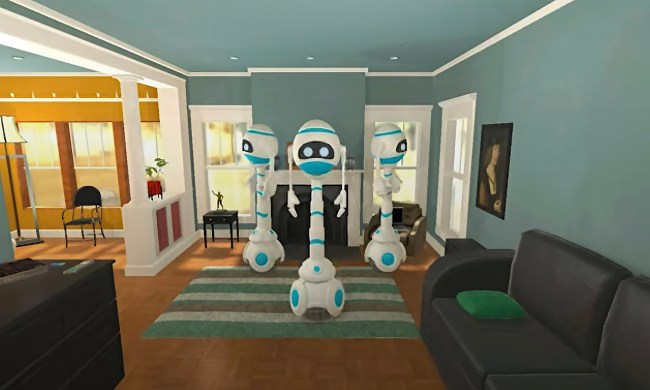
When people talk about using artificial intelligence to solve humanity’s biggest problems, there are few problems bigger than our planet’s survival. That is something a new algorithm called “Deflector Selector” is designed to aid with — by weighing up different possible solutions to deal with the possibility of a deadly asteroid heading in Earth’s direction.
“Our goal was to build a tool that would help us make funding and research decisions for asteroid deflection technologies,” Erika Nesvold, formerly at Carnegie Institution for Science at Washington, D.C, told Digital Trends. “A lot of different technologies have been suggested for deflecting an asteroid on a collision course with the Earth, including the three we describe in our paper: Nuclear explosives, kinetic impactors, and gravity tractors. But none of these technologies has been fully developed and tested in space, and some of them will work better than others.”
Nesvold and team started out by simulating attempted deflections of an asteroid on a collision course with the Earth and calculating the likely success of each method of deflection. As you would expect, this involved some heavy-duty math and computer processing power — since it meant simulating the potential distance of detection for more than 6 million hypothetical objects and the velocity change that would be necessary to change their course. To speed up the process, the team used machine-learning techniques.
“We used this data to train a machine-learning algorithm that could make this determination much faster than our simulations,” Nesvold explained. “So now we can feed in the characteristics of a population of impactors, and the algorithm can tell us which technology or technologies would work best.”
The results? That nuclear weapons can help dispatch around half of the potential objects, while kinetic impactors and gravity tractors score lower. Granted, a 50 percent chance of survival for humanity isn’t great — but the idea is that tools such as this can help decide which technologies we should be focusing our finite research budgets on.
“We’re hoping that the next steps will be to work with other experts in the asteroid deflection field to improve the Deflector Selector model to get more accurate results,” Nesvold said.
You can read a paper on the Deflector Selector project here.


